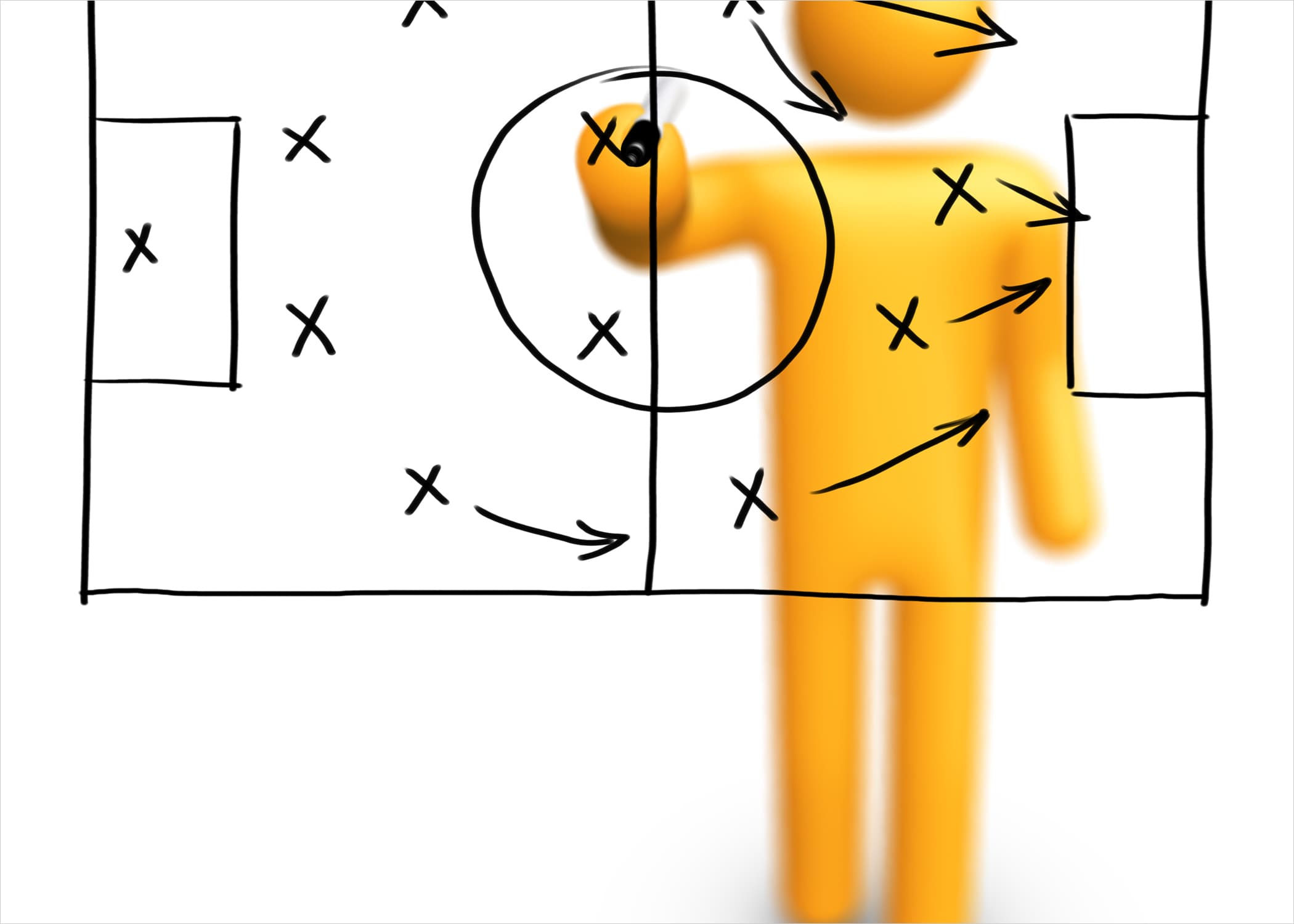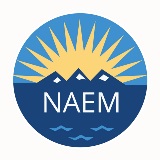Strategic Leadership is a Daily Balancing Act

"As an EHS person, part of your role is to try to get above the day-to-day stuff and look at it from a management level," said Dunny Toy, Global ESH Manager for Minerals Technology Inc. "What's working? What's not working? What do we need to do to reassess?"
Staying on course with your strategy begins with setting a destination for your organization, a practice that Paul Narog, Manager of Environmental Operations at 3M Co., says helps him avoid getting mired in tactics. In his role as the head of corporate environmental programs, Mr. Narog begins his strategic planning by thinking about other people.
"Have I properly addressed people around me, the organization, individuals, the company needs, external demand beyond myself and my own organization? Or am I just thinking about my own organization?" he said. "If you're thinking about yourself and your organization, you have to go beyond that to inform your plan."
The second mark of a good strategy, he says, is that it is sufficiently forward-looking.
"To be strategic you have to be thinking long-term, you can't be thinking about today," he said. "You have to be thinking two-to-five years out: What's changing outside of the company? And how will it affect us?"
But as Mr. Toy points out, a thoughtful strategy alone is not a guarantee of success if you don't take the time to earn the commitment of the entire organization.
"A lot of times that's where you get bogged down because you didn't get the buy-in," he said. "Then you get all of these other things that pop up and other people have their own ideas about how things should work."
And getting that alignment requires more than just a memo to the leadership team, he says. Instead, he creates in-person opportunities for members of the management team from across functions to weigh in and offer their feedback on the direction.
"You really need to take every opportunity you have to get a message out," he said. "The discipline is to take a part of that meeting to say, ‘Does everyone understand where we're going and how we're doing? And is everyone still clear? And does it all still fit together?'"
Sid Degarmo, Global EHS Director for Almatis, uses a similar interactive approach to seek input on the company's EHS standards. Each year he meets with the operations leaders to go over the written strategy, how it translates into objectives and how the company plans to meet those targets. He follows those up with monthly teleconferences, where the team further refines and improves the strategy.
"I think those types of practices have been really effective in continually maintaining and adjusting our strategy as well as our tactics as we move forward," he said.
According to Mr. Toy, building consensus around the strategy has the added benefit of helping the organization prioritize how it responds to both unexpected issues as well as well-intended suggestions.
"Where the strategy really helps you is where you have these things that come in tangentially," he said. "It's a better way to deflect those things that take away the energy from the organization -- or you personally -- and be able to put into the context of the strategy without having people think that you're an impediment or that their ideas aren't welcome."
Another technique involves solving everyday problems within the framework of the broader strategy.
"It might be an isolated event but how does it fit in with what else we're trying to get to? And does this connect to something else that's going on?" Mr. Toy said. "So you might be able to use whatever you've defined in your strategy to solve that problem."
Sometimes remaining strategic, however, is simply a question of finding enough time, a challenge that Kitty Strang, Sr. Advisor of Safety, Health and Environmental for Quaker Chemical Corp., knows all too well.
Over the last three years, the $708 million specialty chemicals maker has acquired five companies, the technology from another firm and all of the growing pains that come with creating a cohesive EHS culture. At the same time, the globally harmonized standard for hazard communications will require the company to republish 29,000 material safety data sheets in the new format.
"It's difficult at times, it really is," Ms. Strang said. "You never get everything done that had to get done that day."
Despite these pressures, she says she sets aside a half a day each week to work on strategic issues. She also checks in with her team on a regular basis to review their progress against the stated goals.
"We try to meet quarterly as a team to see where everybody is on various projects and so we try to keep ourselves steered in the right direction. And if somebody's struggling with a particular project, can somebody else jump in and help?"
Scheduling time for strategic thinking is also partly how Mr. Narog says he keeps one eye on the horizon.
"I block time out monthly to just step away from everything else and have a block of time where I don't have to run to a meeting in 30 minutes to think about those other things, do some outside reading, do some benchmarking, talking to people outside of the company."
The easiest way to make more time for strategic activities is to avoid involved with every problem that comes your way, according to Mr. Toy. He says this is particularly challenging for EHS leaders, who are known for being good problem-solvers.
"There's just a natural inclination to try to jump into these and try to understand the event and maybe try to provide solutions or solve the problem, which is fine, except that if you do too much of that it really takes you away from keeping your processes," he said .
Mr. Degarmo says his approach is to provide assistance without owning the problem itself.
"It's much more effective not to do that [accept someone else's problem], to refocus the problem onto the person who has brought it to you. ‘What have you done to investigate what those alternatives might be?'" he said. "Maybe we don't always want to take on everybody else's fires."
Ultimately, the key to being effective, Mr. Narog says, is learning to strike a balance. Those leaders who can only think strategically may lose credibility if they can't put their plans in place. They also risk losing the crucial support of their co-workers, he says.
"You need to be able to connect with people's hearts and have that purpose and have them grab onto that purpose," he said. "A robot might be really great strategically from a technical standpoint, but people don't want to follow a robot they want to follow a person."
It's also worth remembering that balance takes place over time, Mr. Toy says.
"Some days you go home and you feel that the bear got you," he said. "There's always going to be those days…but strategically are we still on track? Are we still where we need to be and still on target?"
Topics:
Leadership & Careers
About the Author

NAEM Staff
The National Association for Environmental, Health and Safety, and Sustainability (EHS&S) Management (NAEM) empowers corporate leaders to advance environmental stewardship, create safe and healthy workplaces and promote global sustainability. As the
leading business community for EHS&S decision-makers, we provide engaging forums, a curated network, peer benchmarking, research insights and tools for solving today’s corporate EHS&S management challenges. Visit us online at naem.org.

